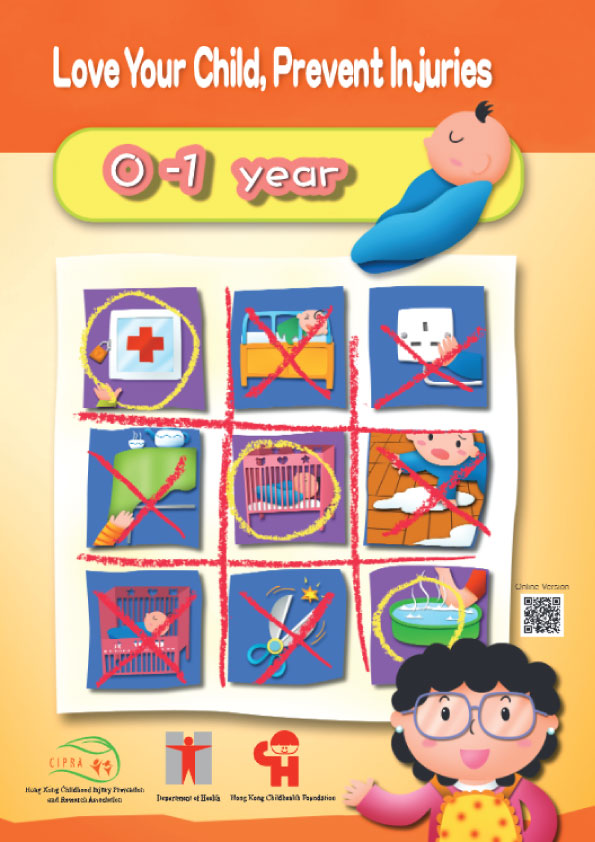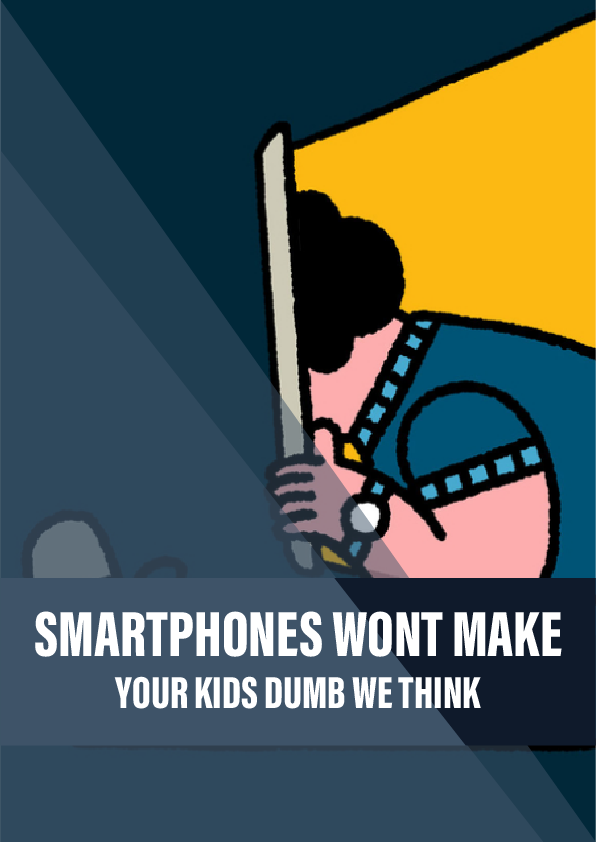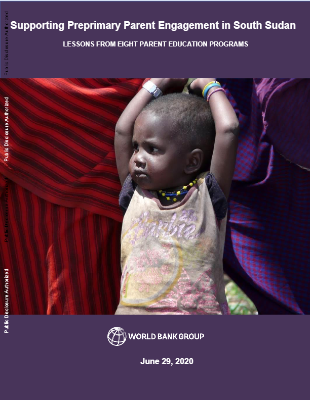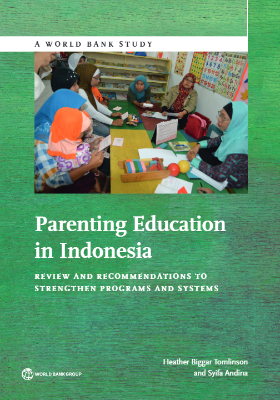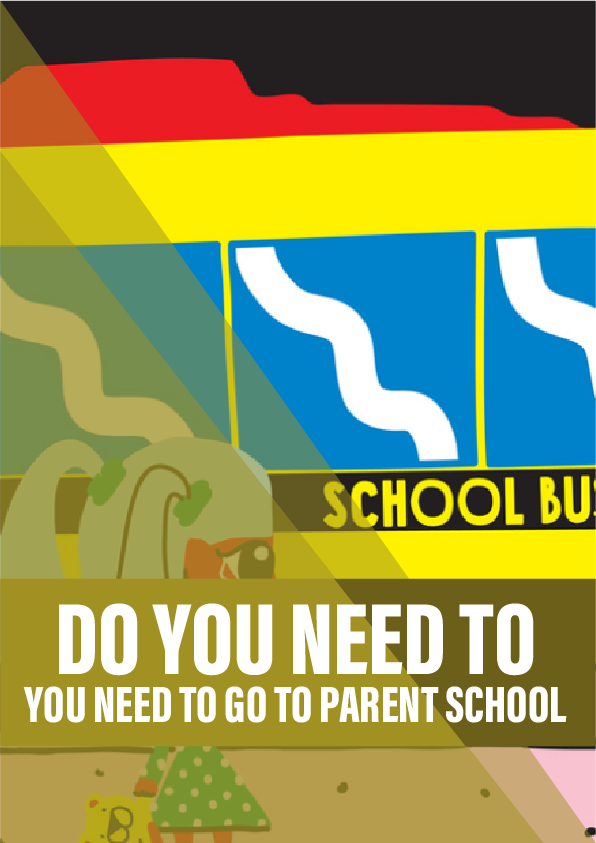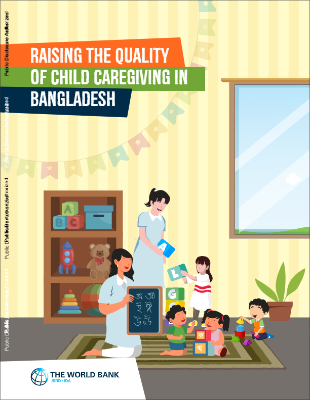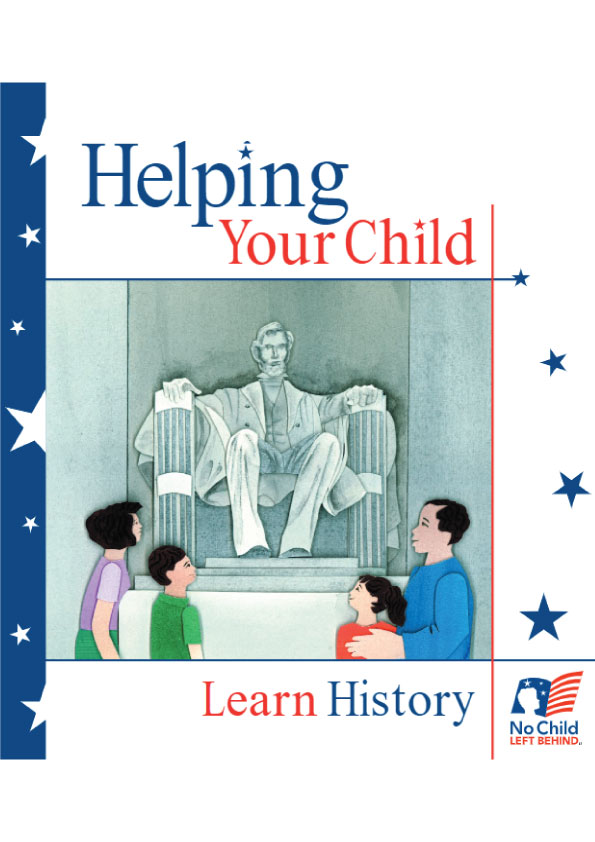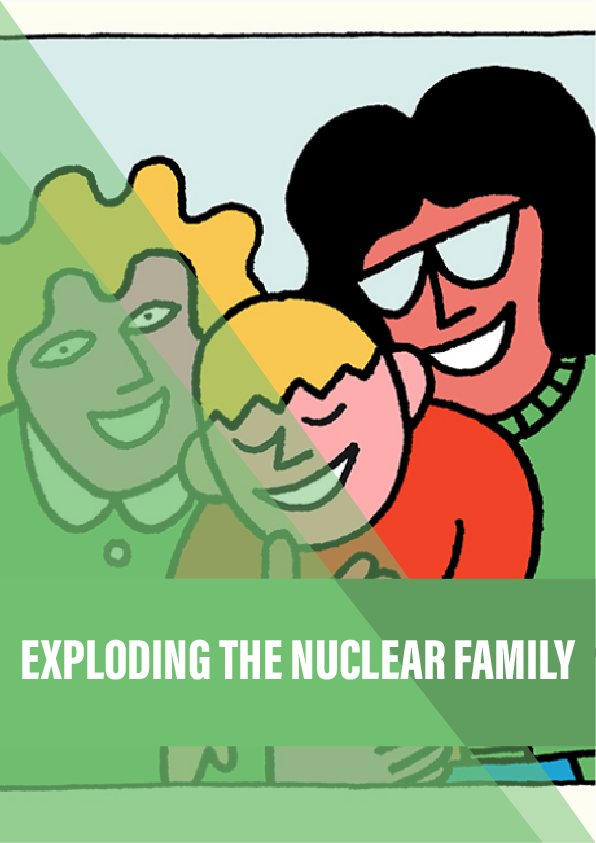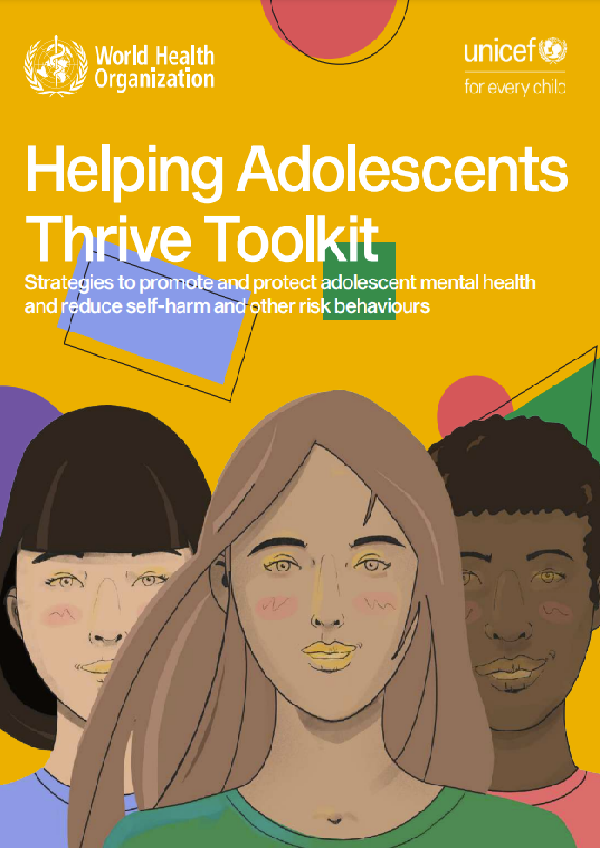Is your baby safe?
- Injury is a major child killer. Many children are killed or disabled by injuries every year. To protect your baby from injuries, beware of his/her behaviour and remove all potential risks.
- Children aged 5 or below may not understand or remember what is dangerous. Parents should not over-estimate their ability.
- Statistics show that the home is the most common place of injury in children aged 0 to 5 years.
Common injuries in infants aged 0 to 1 year:
- Babies usually make their first attempt to reach out and grasp objects by their 4th to 5th months. When lying on their back, they try to roll from side to side, or even turn over. They will soon be able to sit, crawl and stand. Before long, they will learn to walk and explore the surroundings. Some infants may develop faster than others.
- Infants below the age of one do not have the ability to look after themselves. Therefore, it is very important that parents understand how to prevent injuries and take appropriate preventive measures.
- Common injuries in infants below the age of one include falls and scalds.
- Seek medical advice promptly after the injury.
Common injuries and preventive measures:
- Falls
- Never leave a baby (of any age) alone on a diaper changing mat, table, an adult bed or a sofa. If you are not free to look after your baby for the time being, place him/her in the baby cot or playpen.
- Raise and lock the side rails securely after putting your baby in the cot.
- Secure the safety strap and safety lock after putting your baby onto a stroller or baby carriage, baby walker or highchair.
Infants like to crawl and roll over
Settle them safely to prevent falls - Scalds
- To prepare water for bathing your baby, put cold water into the tub before adding hot water. Mix the water well and test the temperature with your elbow.
- Test the temperature of milk or any hot food that you are going to feed your baby to make sure it won’t scald.
- Avoid heating milk or other baby food with the microwave oven because microwave-heated food or drink is not of even temperature. Although the surface of the food or drink appears moderately heated, the inside is often a lot hotter. This can scald the baby’s mouth or throat.
- Don’t put hot food or drink near the edge of a table. If there is hot food on the table, remember to watch your baby closely.
Put hot drinks out of infants’ reach
- Management of scalds
- Place the injured part under slow running water or immerse it in cool water to cool it down. Do not place ice directly over the injured area.
- Gently remove clothing around the injured area but do not remove clothing adhered to the skin. Wrap it in a piece of clean cloth or bandage.
- Do not apply oils, toothpaste, butter or cooking sauces over the wound. Do not wrap it in adhesive dressings such as band-aids or fluffy cloth.
- Seek medical advice promptly after the injury.
- Injuries in the kitchen
- Install a gate at the kitchen door so that children cannot get in.
- Settle your baby in a safe place (such as the baby cot or playpen) before you do your cooking in the kitchen. Babies aged 4 months or above reach out for objects. Therefore do not carry them on your back whilst in the kitchen.
Babies reach out for objects.
Don’t let them in when you cook.
Conclusion:
- Most injuries are preventable. Therefore, parents should be vigilant and learn more about childhood development so as to take appropriate preventive measures.
- Parents should keep an eye on what children are doing at all times. Never leave them alone at home or put them in the care of an older child.
